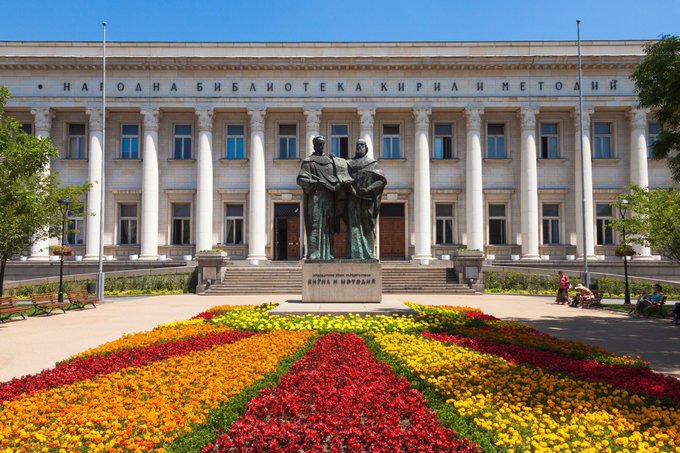Tag: Europe
European beauty
European beauty
European beauty
European beauty
European beauty
European beauty
European beauty
by Evropa Soberana
Wilhelm Petersen, unknown woman.
Alfred Rosenberg (1893-1946) was a member of the Thule Gesellschaft, a National Socialist ideologue, head of the Service of Foreign Affairs of the NSDAP and head of the Reich Ministry for the occupied Eastern territories—the most important ideologue of National Socialism after Hitler.
The ‘sense of history’ has not gone in any way from East to West, but has changed rhythmically. In the past Nordic Europe sent fruitful waves of peoples, who in India, Persia, Hellas and Rome, created states and cultures. Then they penetrated by infiltration in Europe the Eastern races from the East. Furthermore, Asia Minor sent a human species that reached the present Europe.
Not a ‘Central Europe’ without race or people, as announced by a Naumann, not a Franco-Jewish Pan-Europe, but a Nordic Europe, is the slogan of the future, with a German Central Europe. Germany as a racial and national state, as the central power of the continent, as an assurance of the South and the Southeast; the Scandinavian States with Finland as a second league, for the assurance of the Northeast, and Great Britain as assurance of the West and of the regions beyond the sea where that is necessary in the interest of the Nordic human being.
This also demands a foundation of greater scope.









